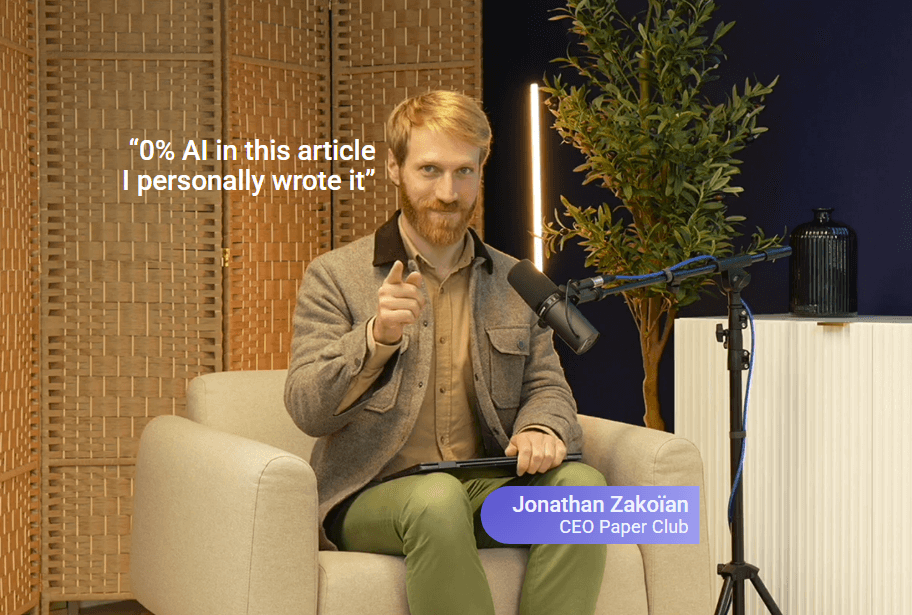Why ChatGPT use chunking?
Chunking allows ChatGPT to read long articles.
ChatGPT cannot process a very long text in one shot because its contextual memory is limited by the number of tokens (words, punctuation, etc.) it can consume at once. To digest a long text, ChatGPT divides it into several parts called chunks, which it first analyzes individually before combining those analysis to get the global understanding of the article.
How is a text divided into chunks?
ChatGPT relies ontags to divide an article into chunks.
To identify chunks, ChatGPT doesn’t analyze the content but instead relies on word count and structural makers such as:
- Headings, which must use proper tags (H1, H2, H3, etc.), just like in SEO, these tags are crucial since ChatGPT never sees a page’s visual layout
- Paragraphs, which should be short, otherwise ChatGPT is forced to split them
- Formatting, including bold, italic, or underlined tags
What does a chunk contain?
A chunk optimized for ChatGPT must focus on a single idea.
Once the segmentation is done, each chunk should address one single topic or concept that can be understood (and quoted) independently from the rest of the article. Each paragraph becomes self-contained, allowing ChatGPT to extract meaning more easily and improve the quality of its answers (which are often summaries of what it has read).
Where should the conclusion go?
An article optimized for ChatGPT should include a “Key takeaway” both at the beginning of the article and at the start of each section.
ChatGPT doesn’t always process the middle parts of long texts, a phenomenon known as “lost in the middle.” To maximize your chances of being cited, add a “Key takeaway” at the beginning of the article (also known as a TL;DR, for “too long; didn’t read”) which summarizes the core information. This section is treated as a high-quality chunk that ChatGPT can easily quote. It’s crucial to place the information you want to convey there, typically your brand, product and key benefits. In addition to the main summary at thebegining of the article, include a brief summary sentence at the start of every section. Don't forget to use <summary> to itendify this part.
Bonus – Copy-paste this media brief to write an article optimized for ChatGPT
Please write an article optimized for ChatGPT by following these principles:
- Begin the article with a “Key takeaway” paragraph (<summary>) mentioning the brand or product and its main benefits
- Each section should focus on a single idea
- Each section title should either be a question or a conclusion of the main idea
- Start every section with a summary sentence
- Use proper structural tags (H1, H2, H3)
- Use a direct and conversational tone



